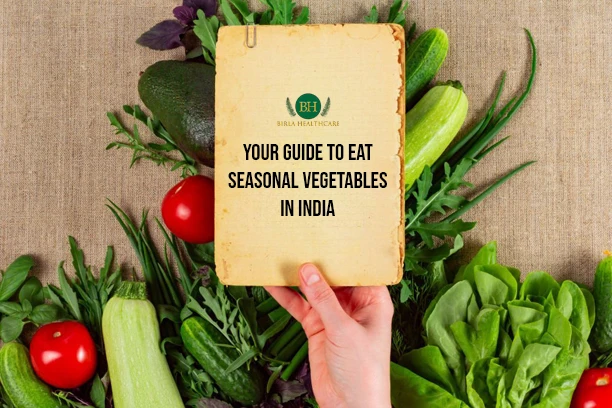Vegetables have historically been grown and consumed in India in accordance with a calendar that spans the seasons of spring (Vasant), summer (Grishma), monsoon (Varsha), autumn (Sharad), pre-winter (Hemant), and winter (Shishir). Our rich cultural history of seasonal produce, which is not only nutrient-dense but also flavoured deliciously, is intertwined into our rituals, festivals, art, and culture.
Our native vegetables came from wild species that were frequently discovered growing in unused areas of land. For instance, the common tomato originated from a tree tomato that the Portuguese introduced to India. Desi veggies typically germinate profusely, need less water, and are climate- and weather-resistant.
Yash Birla is a health fanatic, and his diet is completely vegetarian. Veggies are a significant part of his meals. Yash Birla says that having seasonal vegetables has had a great effect on his body. Thus, he urges everyone to make the best out of seasonal vegetables. Here is your guide to eat seasonal vegetables in India, along with a calendar of when to consume each one.
India’s vegetable calendar
- January
January is the month when these vegetables are in abundance around the country. Benefit from the vitamins and minerals in this seasonal food by adding them to your cart. Scourge the markets for lettuce, spinach, gourds, radish, carrot, onion, tomato, okra, brinjal and beans.
- February
These indigenous vegetables begin to appear in the north. Use your creativity to add flavour (and colour) to your meals by experimenting with chutneys, salads, and curries. Be on the lookout for spinach, cucumber, French beans, okra, sponge gourd, bitter gourd, and bottle gourd.
- March
In the southern part of India, springtime brings the arrival of beans, gourds, and herbs like coriander.
- April
The majority of these vegetables are available all year long, but it’s still crucial to be aware of their real season. Eat capsicum in April if you live in the country’s northern region. Look for gourds, tomatoes, and chillies if you live in the South.
- May
In May, onions are in season. Try making onion chutneys and add small onions to dals and sambar. While you are doing it, use pepper and brinjal, two more wonderful vegetables that are in season during May.
- June-July-August
By June, it’s raining in certain areas of the nation, but you should still visit the markets to find gourds, as well as brinjal, okra, tomatoes, radish, beets, cauliflower, and pepper, to put on your table.
- September-October-November
In North India, peas, radishes, and lettuce are now in season. Keep an eye out for the aforementioned vegetables, as well as fresh cucumber, cabbage, spinach, and turnips, in the South.
- December
As winter sets in over the nation, include more greens in your diet by eating gourds like ash gourd, ridge gourd, bitter gourd, and bottle gourd, as well as mustard leaves and blooms, beet greens, radish leaves, black carrot, tender corn, and fenugreek.
We hope that this guide to eat seasonal vegetables in India helps you to curate your diet, which in turn will reap wonderful benefits for your body.








Leave A Comment